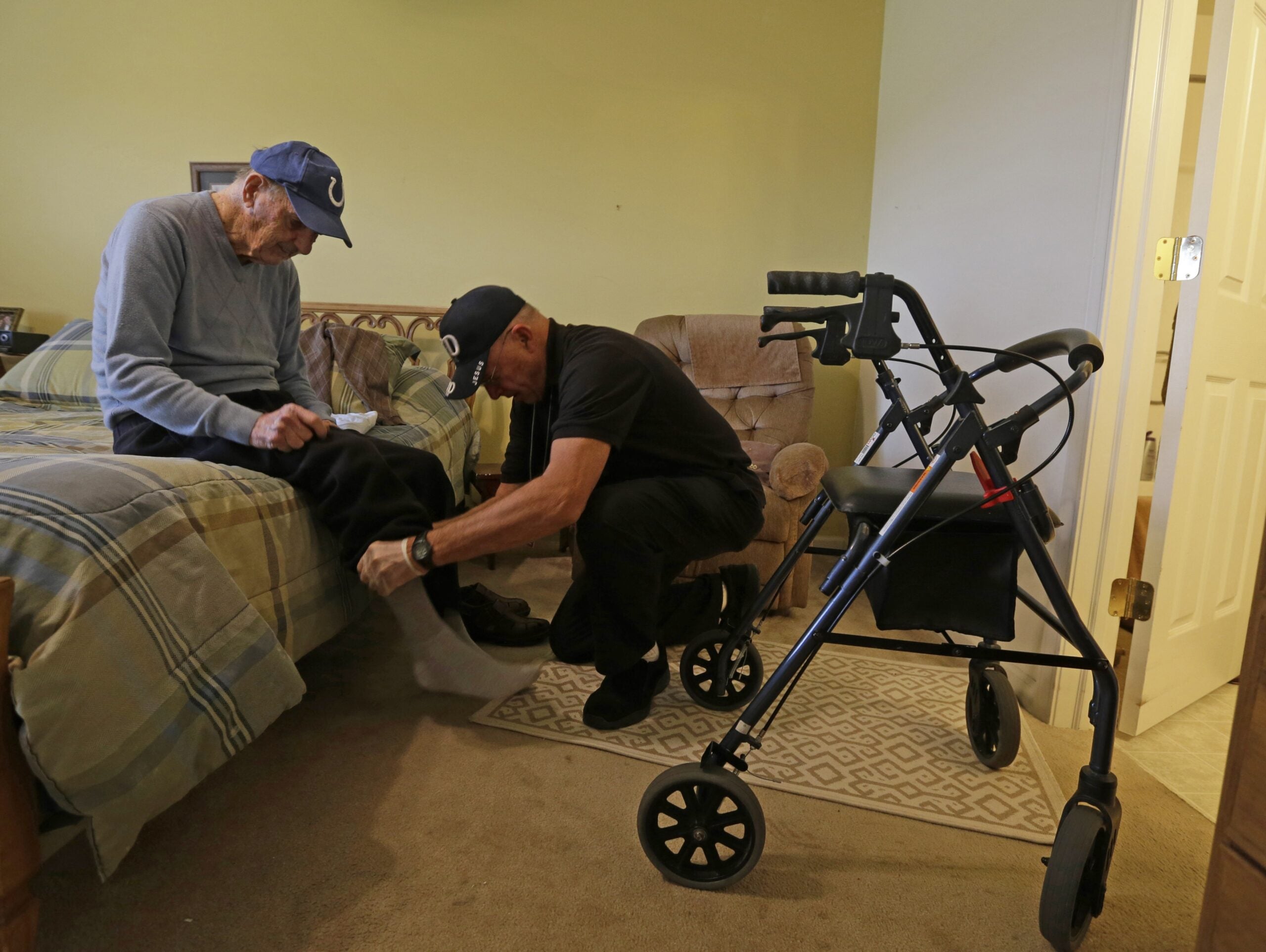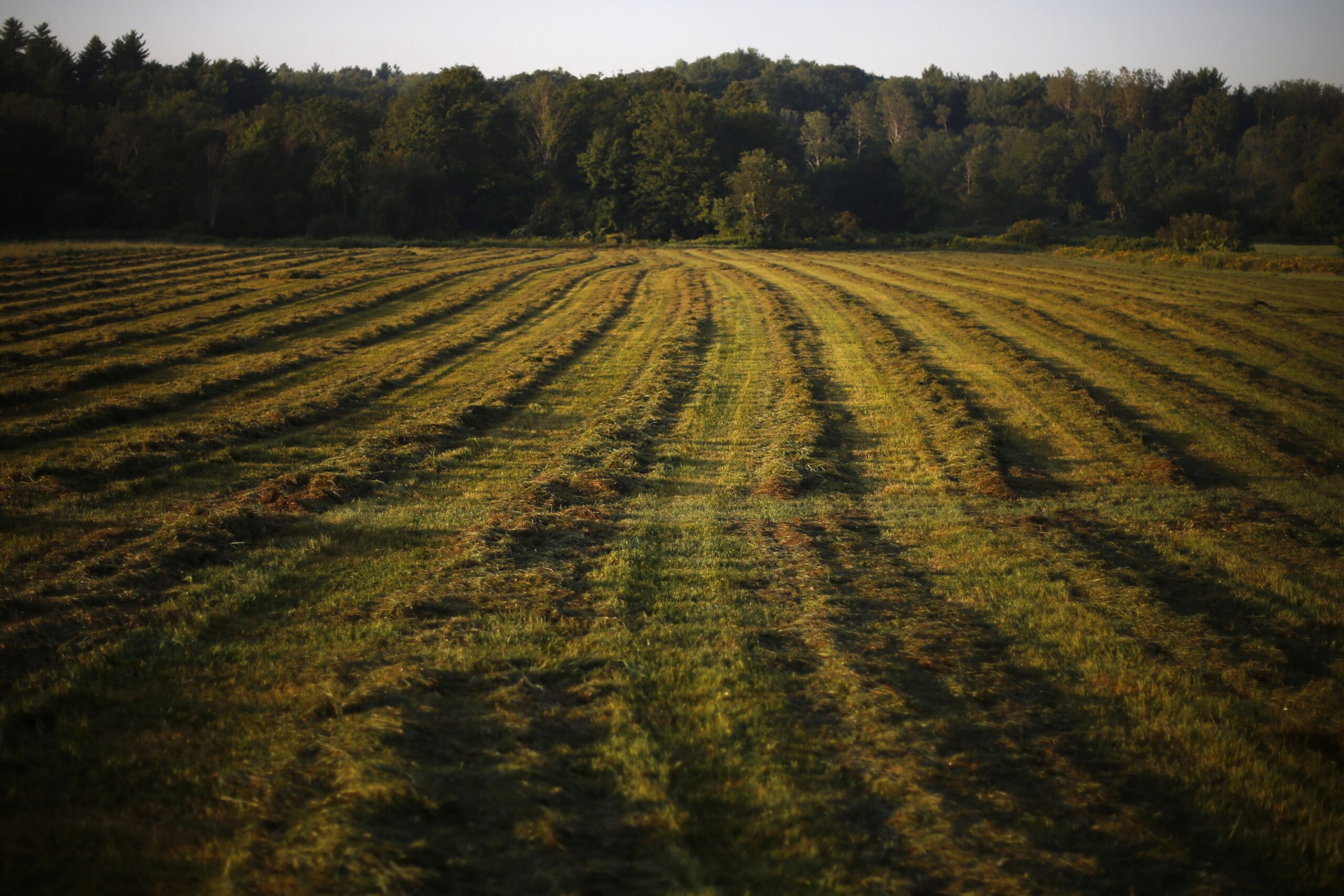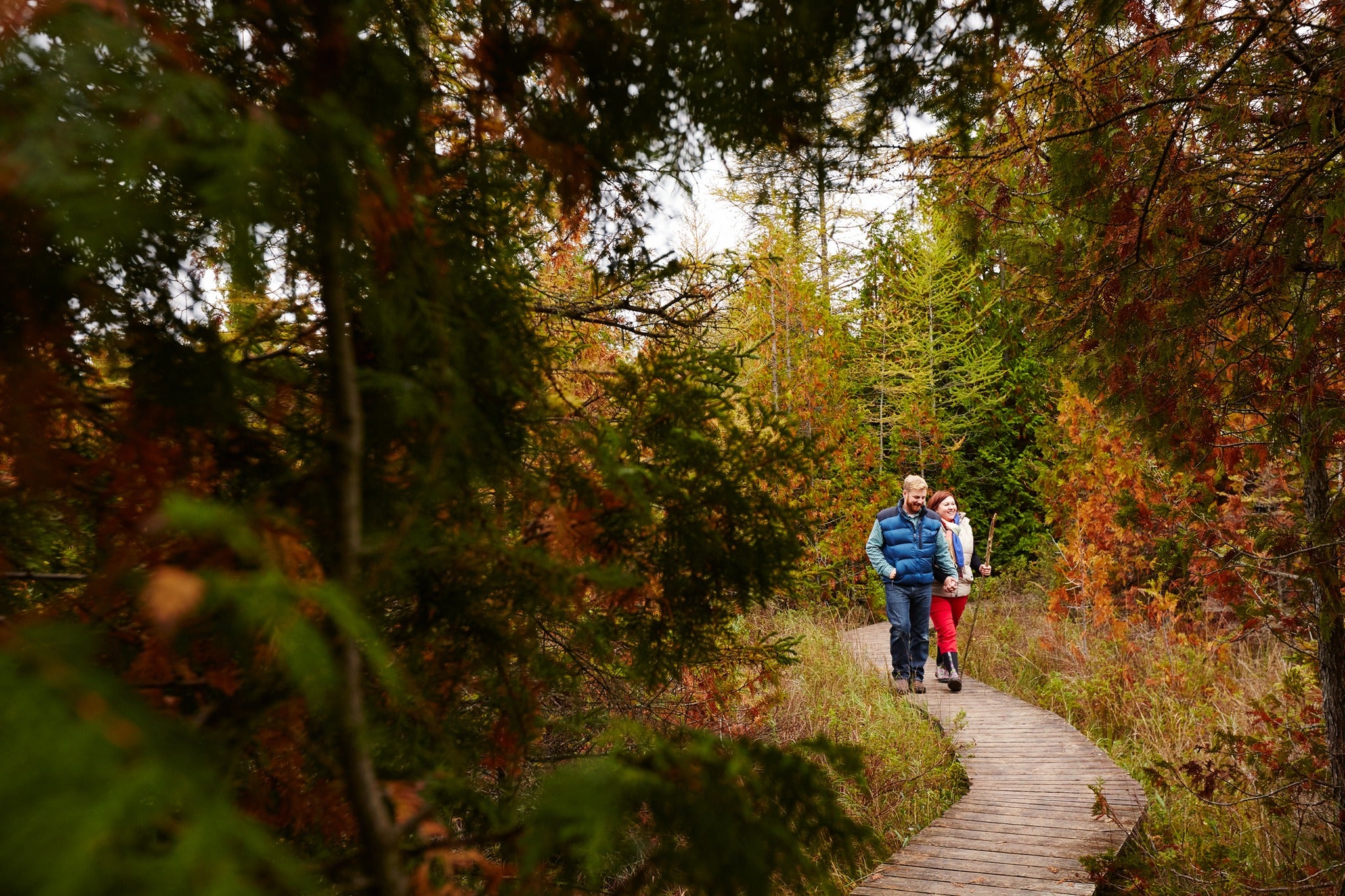Milwaukee’s Demetrica Shipp has been connected to caregiving since she was little. She used to tag along on home visits with her mom to care for elderly clients, and for the last 40 years, she’s been doing the same work.
She currently takes care of her 31-year-old son Marquis, who suffers from seizures and heart problems, according to a Cap Times report by Natalie Yahr. Marquis relies on her to shower, brush his teeth, do laundry and cook.
And while she gets paid for that in-home care, it’s not a lot at $13.10 an hour.
News with a little more humanity
WPR’s “Wisconsin Today” newsletter keeps you connected to the state you love without feeling overwhelmed. No paywall. No agenda. No corporate filter.
Shipp told Yahr it’s a “‘ridiculous rate,’ especially for someone with four decades of experience.”
Home care is the fastest-growing job in Wisconsin, and according to the U.S. Bureau of Labor Statistics, the country will need more than 1.1 million more home care workers by 2030.
In Wisconsin — where the number of residents over 65 is expected to nearly double by 2040 — the need is especially dire.
But with stagnate wages, attracting workers is difficult. According to the Cap Times, employers place blame on Wisconsin’s government, which pays for more than half of the state’s home care through Medicaid. Reimbursement rates weren’t raised for nearly a decade, and increases since 2017 haven’t been enough to make wages and benefits competitive.
Shipp says for those who do the job, passion can only take them so far.
“That’s what it’s doing to a lot of caregivers,” Ship said, “It’s breaking their spirit.”
Wisconsin DHS: COVID-19 Weekly Recap
The seven-day average for new COVID-19 cases in Wisconsin is 626 as of Friday. The Wisconsin Department of Health Services has confirmed 12,861 total deaths from the disease.
Nearly 61 percent of Wisconsinites are fully vaccinated — 82.4 percent of people age 65 and older, 57.9 percent of children age 12 to 17 and 24.5 percent of children 5 to 11 years old. As of Friday, 33.8 percent have received a booster shot.
[[{“fid”:”1171586″,”view_mode”:”full_width”,”fields”:{“format”:”full_width”,”alignment”:””,”field_image_caption[und][0][value]”:”%3Cp%3E%3Cem%3EDaniel%20Miller%2FAP%20Photo%3C%2Fem%3E%3C%2Fp%3E%0A”,”field_image_caption[und][0][format]”:”full_html”,”field_file_image_alt_text[und][0][value]”:”walleye”,”field_file_image_title_text[und][0][value]”:”walleye”},”type”:”media”,”field_deltas”:{“1”:{“format”:”full_width”,”alignment”:””,”field_image_caption[und][0][value]”:”%3Cp%3E%3Cem%3EDaniel%20Miller%2FAP%20Photo%3C%2Fem%3E%3C%2Fp%3E%0A”,”field_image_caption[und][0][format]”:”full_html”,”field_file_image_alt_text[und][0][value]”:”walleye”,”field_file_image_title_text[und][0][value]”:”walleye”}},”link_text”:false,”attributes”:{“alt”:”walleye”,”title”:”walleye”,”class”:”media-element file-full-width”,”data-delta”:”1″}}]]
DNR outlines new limits on walleye, northern pike fishing in northern counties
Officials with the state Department of Natural Resources announced Wednesday new limits on fishing walleye and northern pike in Ashland, Iron, Rusk, Sawyer and Vilas counties, the La Crosse Tribune reported.
As part of the new policies, anglers will be able to keep a three fish between 15 and 20 inches or two between 15 and 20 inches and one more than 24 inches per day. The new limits begin when the fishing season begins next month.
The new limits are part of an effort to respond to declining population numbers, officials said. DNR fisheries biologist Jeff Scheirer told the newspaper that the new limits will permit more young walleye to reach maturity. Experts hope this will turnaround the population decline.
Wisconsin poultry farmers note public’s growing interest in duck eggs
While chicken eggs continue to enjoy prevalence in Wisconsin kitchens, some Wisconsin poultry farms are saying their customers are asking for duck eggs more and more, the Milwaukee Journal Sentinel reported.
Nancy Kellner, who works at a farm in Denmark, Wisconsin, told the paper their birds can’t keep up with the growing demand.
“We have 300 ducks and we can’t keep up with our orders,” she said.
She said she thought the growing popularity of duck eggs could be as an alternative for those who are allergic to chicken eggs, adding that duck eggs have other benefits over more conventional eggs.
“They’re higher in Omega-3s and have more protein than a chicken egg. Whatever a chicken egg has, a duck egg has more,” she said.
Legalizing medical marijuana gets first public hearing
A Republican-authored bill to legalize medical marijuana in Wisconsin will be getting its first public hearing next week, achieving one goal of backers even though the measure will not pass this year.
The state Legislature has adjourned and won’t be back until 2023. But the April 20 Senate committee hearing on the medical marijuana bill will give supporters their highest profile chance to make the case for loosening Wisconsin’s marijuana laws.
It’s the latest sign of progress for backers of loosening Wisconsin’s marijuana laws. Thirty-seven states have legalized medical marijuana and 18 have fully legalized it, including Illinois and Michigan.
Gary Brown, former running back and Badgers coach, dies at 52
Gary Brown, who rushed for 4,300 yards while playing on three NFL teams in the 1990s before going on to coach running backs in the pro and college ranks, has died. He was 52.
Brown coached Wisconsin’s running backs last season before departing for health-related reasons. He coached the Cowboys’ running backs from 2013-19. Brown played in the NFL with the Houston Oilers from 1991-95, San Diego Chargers in 1997 and New York Giants from 1998-99. He was a standout at Penn State in college.
“I am deeply saddened by Gary’s passing,” University of Wisconsin-Madison football head coach Paul Chryst said in a statement. “Though he was only on our staff for a year he had a profound impact on our players and our program. We are all better people for having known Gary. He was a tremendous person, a terrific coach and a joy to be around. He had great energy and passion for life and that showed every day.”
Brown is survived by his wife, Kim, his daughters, Malena and Dorianna, and his son, Tre.
Wisconsin’s athletic department and the Dallas Cowboys announced Brown died Sunday.
Coach Brown is gone far too soon, but here’s a little reminder that his was a life well lived — bringing joy to all who were fortunate to know him.
Thanks for making us part of your journey, GB. You are missed. 💔pic.twitter.com/TRB5U86VVz
— Wisconsin Football (@BadgerFootball) April 11, 2022
Task force recommends children 8 and up be screened for anxiety
A task force of volunteer experts drafted guidelines issued Tuesday calling for all children in the U.S. ages 8 and older to be screened for anxiety, according to the New York Times.
Though the group has no regulatory authority, recommendations by the U.S. Preventive Services Task Force carry weight, and the guidelines are likely to be finalized later this year.
The Times reported that more than 7 percent of kids from age 3 to 17 are diagnosed with anxiety, but that number could be low in that it doesn’t include children struggling with anxiety who don’t have a diagnosis.
Screenings would take place during primary care appointments and take the form of surveys and questionnaires that could signal whether a child needs additional support. That might include psychotherapy and/or medication.
“We need to shine the light brightly on the mental health needs of children, youth and adolescents in this country, and we need to be advocating for better access to mental health care,” Dr. Carol Weitzman, the co-director of the Autism Spectrum Center at Boston Children’s Hospital and a spokeswoman for the American Academy of Pediatrics, told the Times.
Editor’s note: The Associated Press contributed to this report.
Wisconsin Public Radio, © Copyright 2026, Board of Regents of the University of Wisconsin System and Wisconsin Educational Communications Board.




